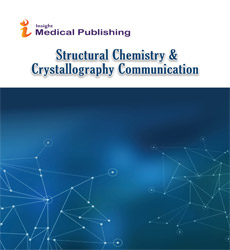Abstract
Screening of better cell responses to the nanotopography using gradient nanopatterns
Surface nanotopography has been reported as an important physical parameter in the stem cell niche for regulating cell fate and behaviors for various types of cells. Substrates featuring arrays of increasing nanopillar or nanohole diameter were devised to investigate the effects of varying surface nanotopography on the responses of various cells such as human embryonic stem cells (hESCs), fetal liver kinase 1-positive mesodermal precursor cells (Flk1+ MPCs), mesenchymal stem cells (MSCs) and endothelial colony forming cells (ECFCs). hESCs demonstrate a propensity to organize into more compact colonies expressing higher levels of undifferentiated markers towards a smaller nanopillar diameter range (D = 120–170 nm). Cell-nanotopography interactions modulated the formation of focal adhesions and cytoskeleton reorganization to restrict colony spreading, which reinforced E-cadherin mediated cell-cell adhesions in hESC colonies. hESCs also generate clusters of pancreatic endocrine progenitors (PDX1+ and NGN3+) on the nanopattern with nanopore diameter range (D = 200–300 nm). The nanopattern-derived clusters generated islet-like 3D spheroids and tested positive for the zinc-chelating dye dithizone. The spheroids consisted of more than 30% CD200 + endocrine cells and expressed NKX6.1 and NKX2.2.
Author(s):
Kyu Back Lee
Abstract | PDF
Share this

Google scholar citation report
Citations : 275
Abstracted/Indexed in
- Google Scholar
- China National Knowledge Infrastructure (CNKI)
- Directory of Research Journal Indexing (DRJI)
- WorldCat
- Geneva Foundation for Medical Education and Research
- Secret Search Engine Labs
- CAS (Chemical Abstracting Services)
Open Access Journals
- Aquaculture & Veterinary Science
- Chemistry & Chemical Sciences
- Clinical Sciences
- Engineering
- General Science
- Genetics & Molecular Biology
- Health Care & Nursing
- Immunology & Microbiology
- Materials Science
- Mathematics & Physics
- Medical Sciences
- Neurology & Psychiatry
- Oncology & Cancer Science
- Pharmaceutical Sciences

